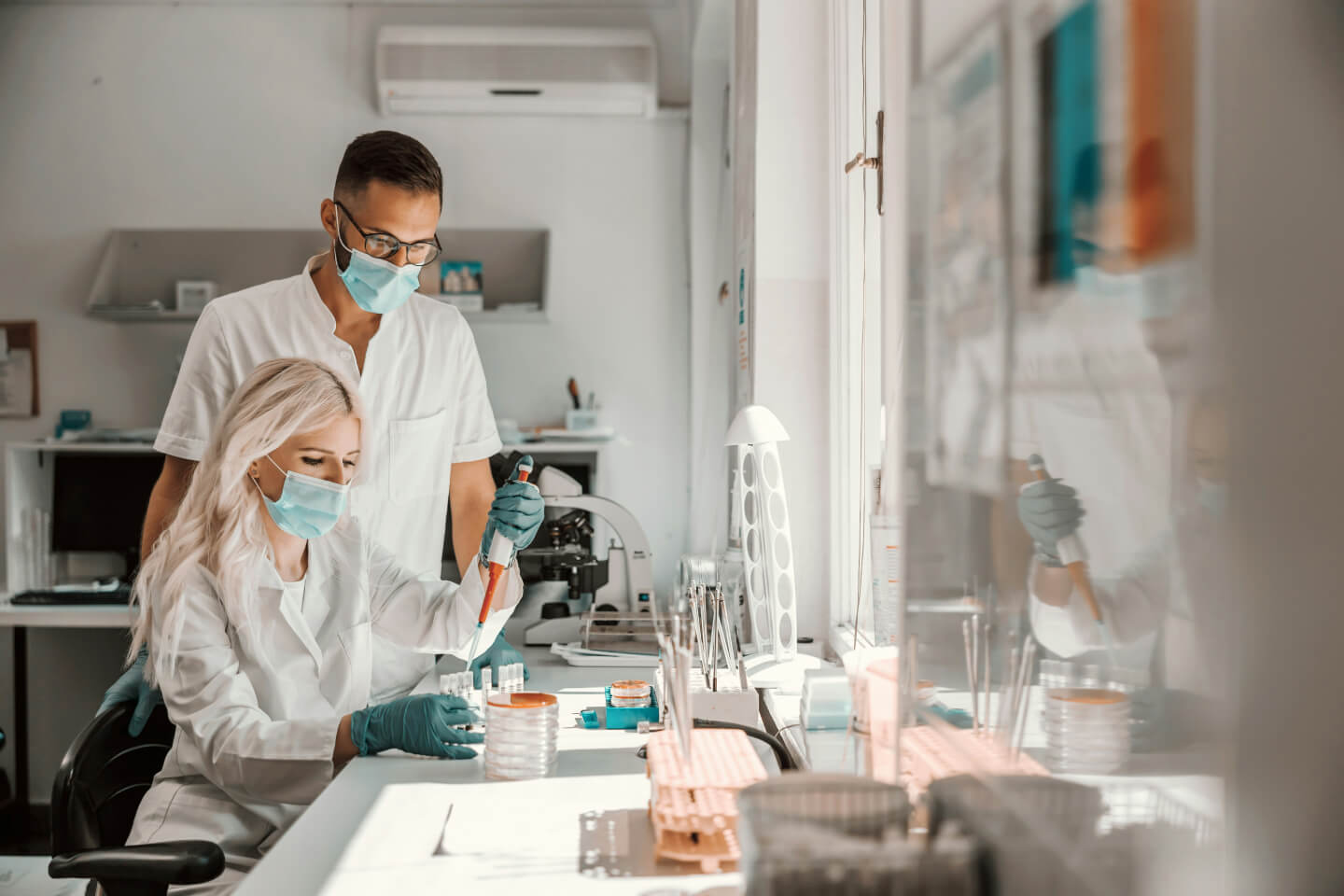What is a pipette?
A pipette is a very precise tool for the accurate and precise transfer of liquids. These tools were developed for the medical and laboratory industries, but their usage has spread to various other sectors including the beverage industry and even the cannabis industry. The reason the pipette has become so popular and necessary is that these industries need to transfer very small and exact volumes of liquid.
There is a diverse range of pipettes for different applications and for different settings. Each pipette will be useful for a specific volume range and may even be specialized to work with a particular type of liquid. Despite the advancements in pipetting technology, operation is still easy enough so that even users with little or no previous experience can easily learn to use a pipette.
Pipetting Methods
There are two major types of pipettes: Air Displacement and Positive Displacement. The basics of pipetting are in the shared term – displacement. A pipette will move liquid by pulling the liquid in, and then pushing it back out of the pipette. Pipettes can be categorized by how they cause that displacement, and their applications can be different based on that technology.
The general principle of using a pipette is that the user will set a volume to aspirate (pull in) and dispense (push out). Liquid is pulled into an attached pipette tip, which is uniquely chosen for the volume being handled. These actions are controlled by a plunger – the button at the top of the pipette – and a piston. The more complex principle is the difference in how the piston is controlled and how it affects the liquid.
Air Displacement Pipettes
Air Displacement pipettes are almost exactly as they sound. Liquid is pulled in and pushed out through the use of displaced air. Each of these pipettes has an internal piston connected to a plunger. For an air displacement pipette, the plunger directly pushes out a volume of air equal to the liquid that will be aspirated. In essence, the piston pushes out air and replaces it with liquid.
The caveat to this technology is that not all the air is pushed out, even when the pipette is set to its maximum capacity. This means that after pulling in liquid, an air cushion still remains between the liquid and the piston. As a result, this air is stretched, and the pipette must pull in 2% to 4% more liquid than it is set to. To dispense the correct amount of liquid despite the offset, each manufacturer must calibrate the pipette correct against that. Furthermore, this cushion means that pipettes are typically calibrated for use with water-like solutions. Liquids that have a different density or vapor pressure may not pipette as accurately due to evaporation or different air stretching.
Positive Displacement Pipettes
Positive Displacement pipettes work according to direct displacement. Unlike air displacement pipettes, the piston is contained in the pipette tip instead of the pipette. The reason for the difference is that liquid is pulled in by pulling the piston up and creating a vacuum.
Positive displacement pipettes offer a very specific benefit. Since the piston directly controls the liquid aspiration and dispensing, it is not affected by the liquid. Whereas air displacement pipettes can be affected by liquids with high vapor pressures or high densities, positive displacement pipettes will be unaffected. Since the piston is in direct contact with the liquid, it can accurately pipette even abnormal liquids.



